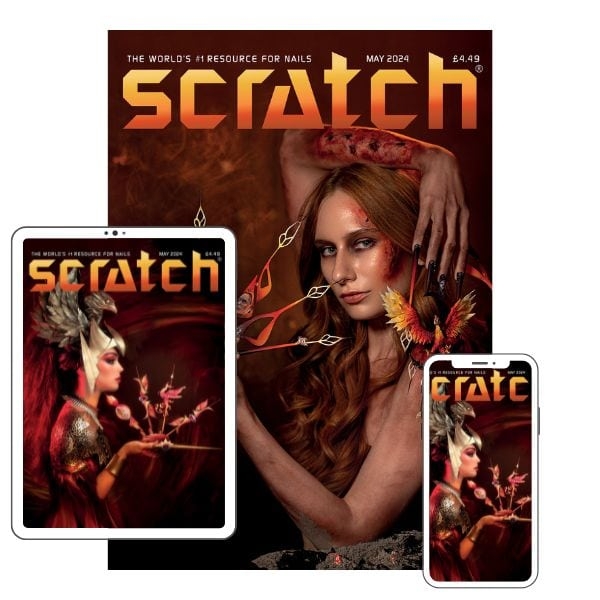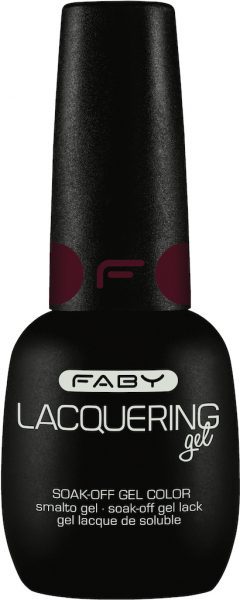
Hone your gel polish technique with advice from industry experts about the popular system, as they answer your pressing questions.
“How can you tell when a polish is cured correctly and what does over curing mean for the service?”
Charlotte Lowe, Jessica educator, says, “Over curing can occur more with bright or pastel gel polish shades as they can discolour. If you are using the correct lamp for the system you are using, and follow the instructions for us, then over curing can be avoided. During training, we recommend therapists give a coat an extra 5-10 seconds (for flash curing, to prevent movement in the gel if they are a slow worker, after two fingers) but I wouldn’t recommend any more than this time – this will prevent over curing.
“My favourite GELeration product is Build Gel. This can be used for clients with weak nails or peeling nails, following L&P acrylic removal or to add strength and longevity to a gel polish manicure – especially for those that are heavy handed. As it has a clear application, it can be applied after GELeration’s Start and before colour and the size of the bead applied to the nail depends on how much strength is added, so therefore we recommend a different application technique to Start or gel colour.”
“Why does my gel polish appear o thicken in the bottle over time?”
Kathryn Darwin, business development manager for Faby UK/Palms Extra, says, “The thickening of gel polishes can come down to a few varying factors, including storage, the type of product being used as well as general day-to-day use of the products.
“Bottles should be kept out of direct sunlight and extreme temperatures to ensure they do not get too cold or hot which can affect the product’s consistency. If working as a mobile technician, it is important to ensure your kit is brought in from the car at the end of each day as gel polish can solidify if exposed to freezing temperatures.
“Although most bottles are protected with a UV resistant covering, it only takes a small scratch outside of the bottle to allow UV light to get in which could cause the product to cure inside the bottle. This is also possible if working with the open bottle in front of your chosen lamp, so ensure the lamp is facing away from the product.
“It is vital to make sure bottles are kept clean both during and after each treatment. Use an oil-free cleansing solution and lint-free pad to wipe around the neck of the bottle after each use. This will prevent the bottles becoming sticky and not closing fully, and also ensure your workstation and products look professional during treatments.
“It is advisable to stir the bottle regularly to prevent pigment sinking to the bottom of the bottles. Faby’s Combo Stick is a fantastic dual-purpose tool for this as the long end fits perfectly into the Faby Lacquering Gel bottles to ensure the pigment is completely mixed prior to application, this ensure an even coverage of colour to the nails. The shorter end can be used to clean sidewalls before the nails go into the lamp, too.”
Learn more gel polish tips as experts answer your questions in the May issue of Scratch magazine. Haven’t got your hands on the latest issue yet? Don’t worry – click here!







